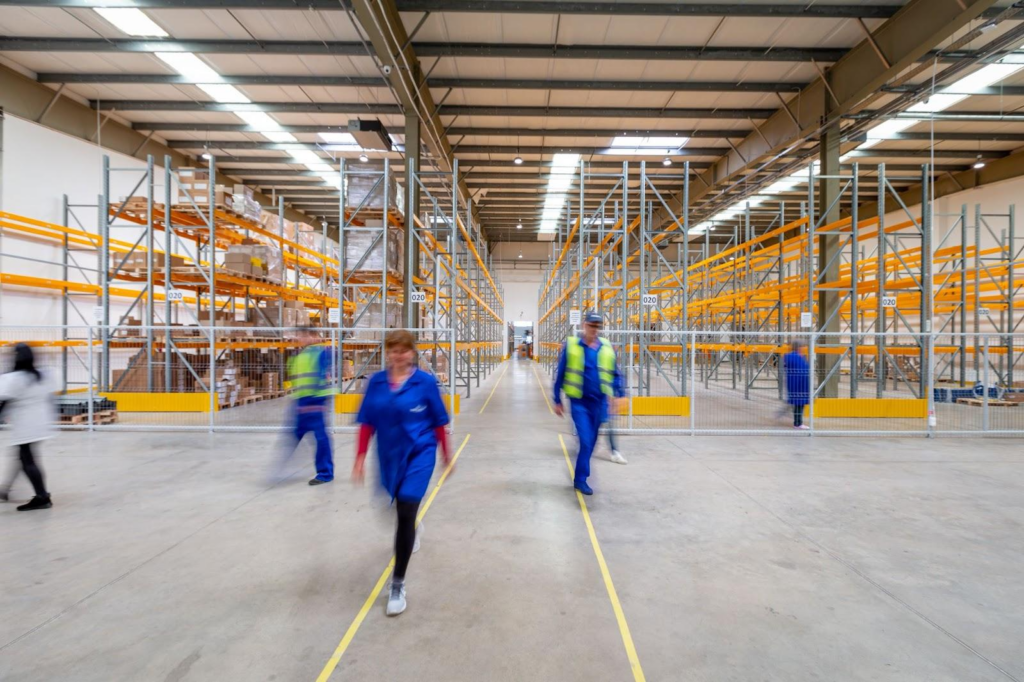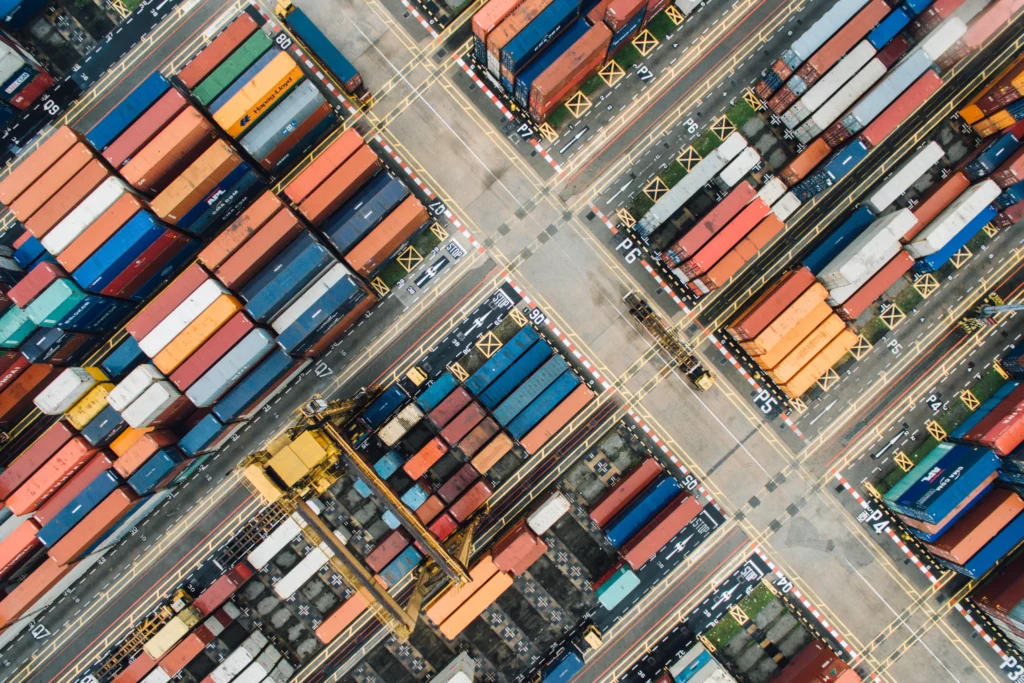Indirect procurement refers to the sourcing of goods and services that are not directly involved in the production process but are vital for maintaining the organisation’s day-to-day functionality. This could encompass anything from the procurement of safety glasses and gloves, which are a must-have for workplace safety, to the more everyday items like cleaning equipment or food delivery boxes.
In essence, indirect procurement plays a critical – albeit behind-the-scenes – role in keeping the wheels of a business turning smoothly.
This aspect of procurement is sometimes undervalued compared to its direct counterpart. However, in recent years, companies have started to realise the potential savings and efficiencies that can be gained from mastering indirect procurement.
Efficient indirect procurement goes beyond merely purchasing supplies. It involves strategic sourcing, rigorous supplier relationship management, and a keen understanding of the Total Cost of Ownership (TCO). Furthermore, it demands a robust spend management strategy.
In this article, we will walk you through the intricacies of indirect procurement and provide a comprehensive guide on how to master it.
Here are the topics that we will cover:
- What is indirect procurement?
- Indirect procurement of Personal Protective Equipment (PPE)
- Strategies for mastering indirect procurement
- The future of indirect procurement and supplies

What is indirect procurement?
Indirect procurement refers to the acquisition of goods and services that do not form part of the final product a business delivers. These are typically operational necessities that keep an organisation running smoothly on a day-to-day basis, ranging from PPE supplies like footwear and safety glasses to industrial cleaning supplies and food service equipment.
An example of indirect procurement could be a construction business sourcing high-quality safety gloves from trusted PPE suppliers or a restaurant sourcing food delivery boxes from a reliable provider. These items may not directly contribute to the final product or service but play a key role in sustaining business operations.
Indirect procurement of Personal Protective Equipment (PPE)
One of the most critical elements of indirect procurement is sourcing Personal Protective Equipment (also known as PPE) such as safety gloves, face masks, and protective footwear.
These items are a must-have for safeguarding employees, particularly in industries such as construction, manufacturing, and logistics.
A construction company, for instance, would need to procure safety glasses and protective footwear for their workers to prevent accidents and injuries on-site. Hence, indirect procurement teams must ensure they are sourcing these items from reliable suppliers, guaranteeing the safety of their workforce while also complying with workplace safety regulations.
On the other hand, if a construction company neglects the importance of indirect procurement, the repercussions can be severe and multifaceted. A failure to procure the right Personal Protective Equipment from trustworthy suppliers can lead to the use of substandard or ineffective equipment. This situation could expose workers to unnecessary risks, potentially resulting in accidents, injuries, or even fatalities on-site.
If you want to read more about sourcing PPE for construction workers, read our article: Building Safety: A Comprehensive Look at Construction PPE Essentials.
So, whether it’s a hospital needing a steady supply of gloves and face masks, or a construction company requiring hard hats and high-visibility jackets, indirect procurement plays a vital role in establishing a safe working environment, contributing to productivity, and ultimately, the success of any organization.
Strategies for mastering indirect procurement
Mastering indirect procurement begins with strategic sourcing and effective spend management.
Strategic sourcing involves identifying the best suppliers for your needs, which could mean finding a supplier of safety glasses that offers the best blend of quality, durability, and price.
This is precisely where a marketplace like Droppe can make a difference.
Droppe is a wholesale marketplace for industrial supplies where you can easily browse an extensive catalogue of 150,000+ industrial supplies and compare 100+ European suppliers based on their product selection, price, delivery time, and much more.
So, rather than spending countless hours negotiating with different suppliers, you now have their selections and offers in one single place. Plus, there are no geographical limitations, so your personal supplier pool will expand throughout Europe.
Once you’ve found the right suppliers, it will only take you a moment to proceed to purchase products from different suppliers across Europe in one single invoice. Droppe takes care of all the details, from payment to order handling, so you can focus on what really matters – keeping your business flowing without any hiccups.
Whether you’re looking for safety masks, gloves, work clothes, food production supplies, packaging, or any other type of industrial product, you can give Droppe a try today and see how easy it can be to source Europe’s most-trusted suppliers.
Spend management, on the other hand, involves keeping track of all procurement expenses to identify savings opportunities. When you closely monitor your spend on cleaning supplies, for example, you might notice that you’re purchasing more than necessary and make appropriate adjustments.
This is also where mastering your Total Cost of Ownership (TCO) can tip the scale. TCO includes not just the purchase price of an item, such as safety gloves, but all associated costs throughout the product’s lifecycle. For example, cheaper safety gloves might wear out faster and need to be replaced more often, leading to higher costs in the long run.
If you want to learn more about TCO, read our article: Mastering TCO: The Essential Guide for Procurement Professionals
Lastly, if you aim to gain mastery over indirect procurement, you must not overlook performing a regular analysis of your indirect spend and tracking your procurement KPIs. These processes involve evaluating spending patterns, supplier performance, contract compliance, and other key factors to identify strengths, weaknesses, and opportunities for improvement.
For instance, you might discover that your current food packaging solutions are not as cost-effective as they could be, prompting a search for a new supplier.
The future of indirect procurement and supplies
- Cost-Effective PPE and Sustainability Concerns
The procurement of Personal Protective Equipment (PPE), such as safety glasses, gloves, and protective footwear, will continue to be a priority in the future. However, a focus on cost-effective PPE must be balanced with sustainability concerns. Procurement professionals need to consider the entire lifecycle of these products, from manufacturing to disposal. It’s essential to source PPE from suppliers committed to sustainable practices, who offer durable products that reduce waste and environmental impact.
- Disposable Food Supplies: An Ongoing Challenge
The future of indirect procurement in the food industry lies in navigating the ongoing challenge of disposable food supplies. As businesses aim to reduce their carbon footprint, there’s a growing need for food delivery boxes and other packaging solutions that are both cost-effective and eco-friendly. This calls for a strategic approach to sourcing suppliers that provide innovative, sustainable packaging, without compromising on quality or cost-effectiveness.
- Procurement of Cleaning Supplies: Adapting to New Norms
As for cleaning supplies, the future is about adapting to new norms. The recent global circumstances have underscored the importance of maintaining high standards of hygiene in workplaces, making cleaning supplies a more critical area of indirect procurement. Procurement teams must strive to find reliable suppliers providing effective, safe, and eco-friendly cleaning products.
All in all, the future of indirect procurement is ripe with opportunities for innovation and strategic thinking. If you keep these factors in mind, you will stay ahead of the curve, ensuring your organisation remains efficient, cost-effective, and sustainable in its indirect procurement practices.

Conclusion
Mastering indirect procurement is not a destination, but a continuous journey. It involves a deep understanding of indirect spend, strategic sourcing of products, a keen eye on your Total Cost of Ownership (TCO), and effective spend management.
Indirect procurement also entails keeping track of KPIs and continually conducting indirect spend analysis, allowing you to spot trends, opportunities for savings, and areas where strategy could be improved.
Looking ahead, procurement professionals must also navigate the evolving challenges in sourcing cost-effective but eco-friendly supplies. Sustainability and adaptability to new norms will also be at the forefront of these challenges.
All things considered, the mastery of indirect procurement is not just about reducing costs or increasing efficiency—it’s about contributing to the larger goal of a sustainable and future-proof business.

















